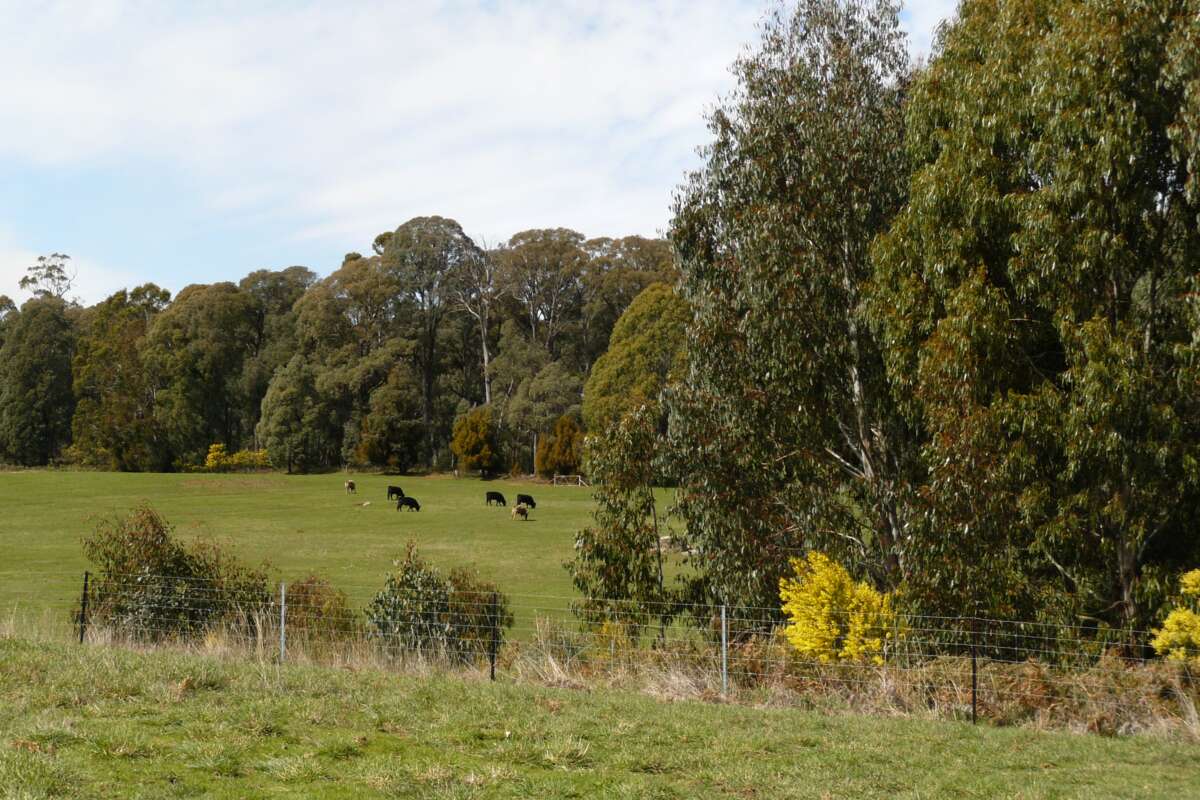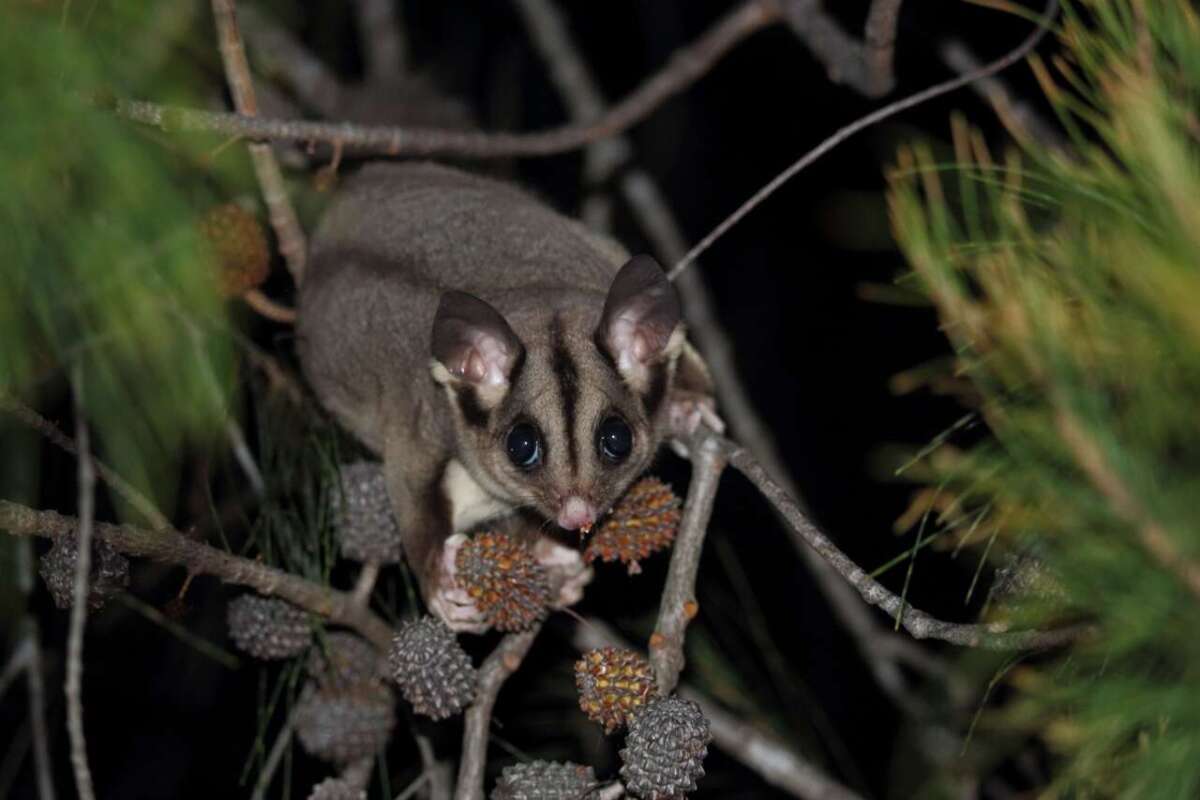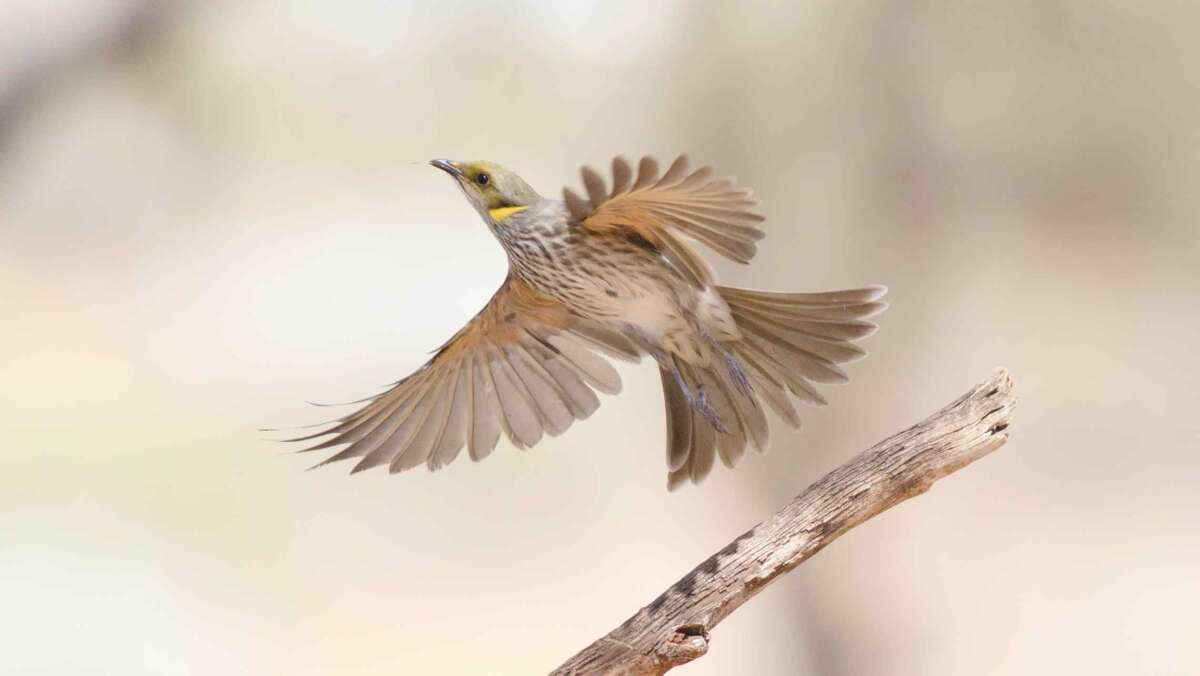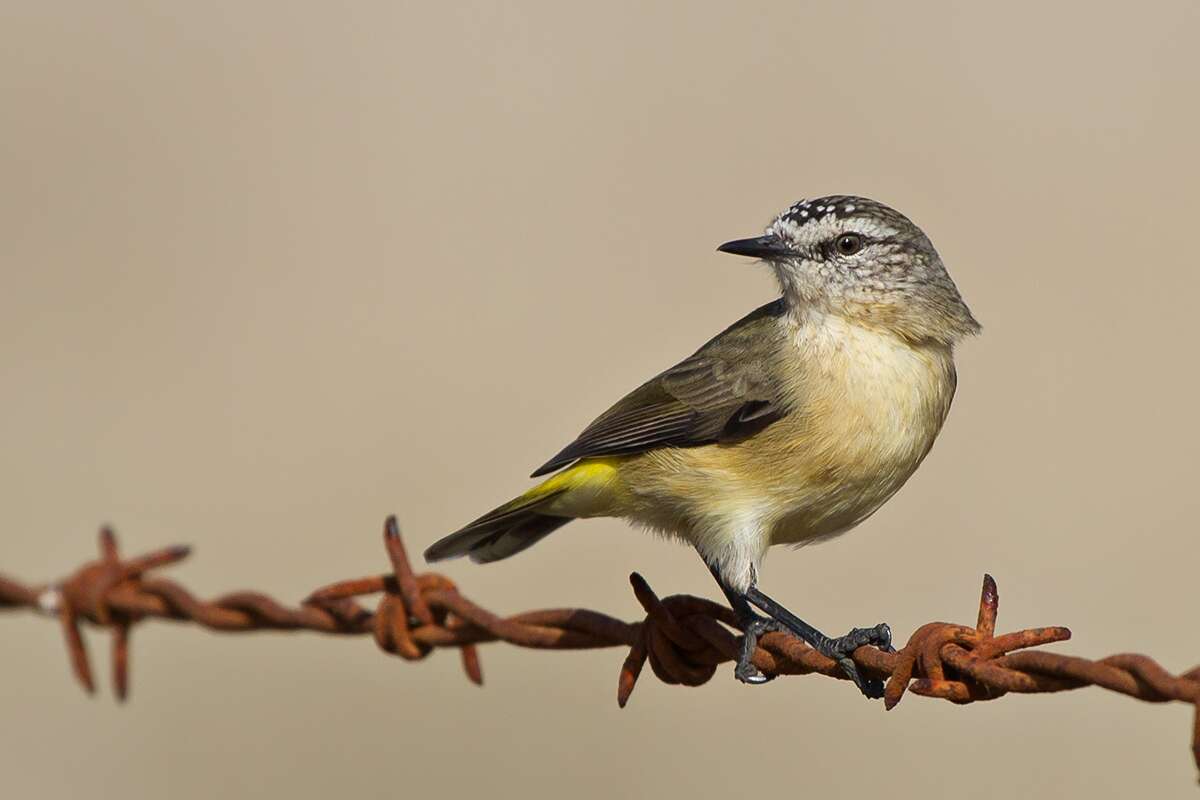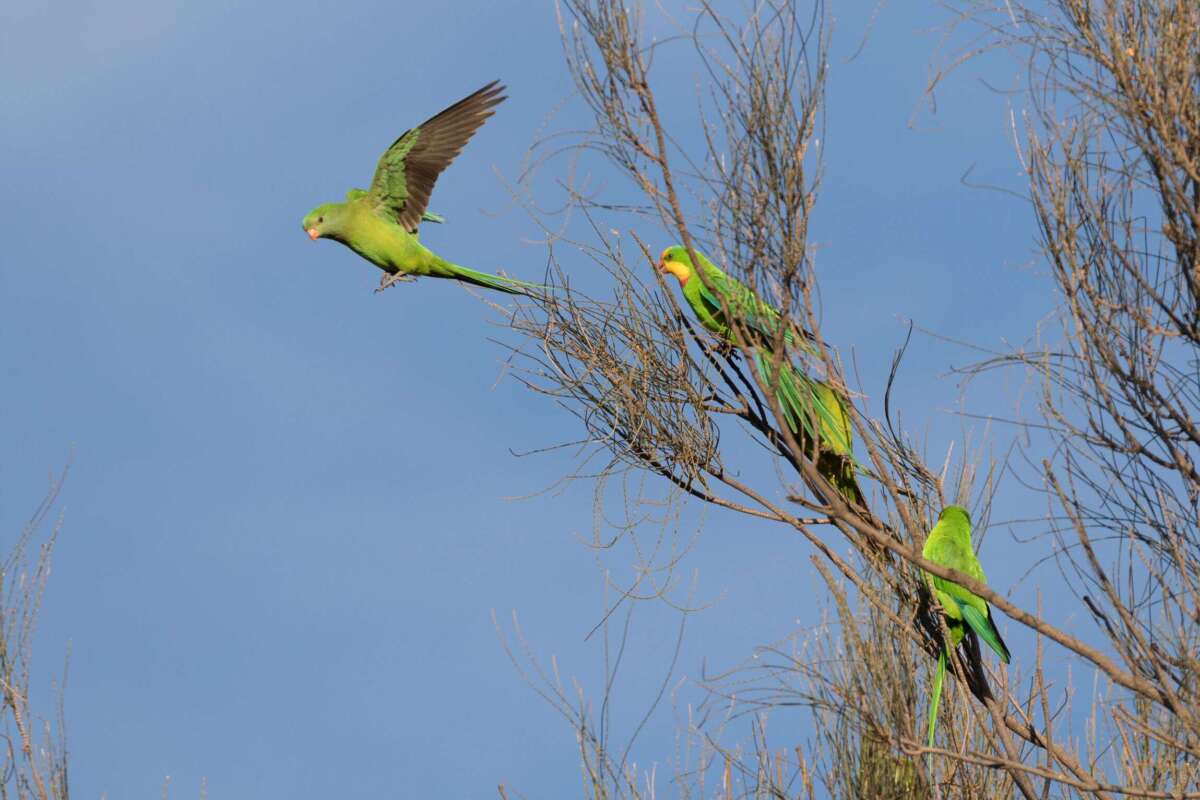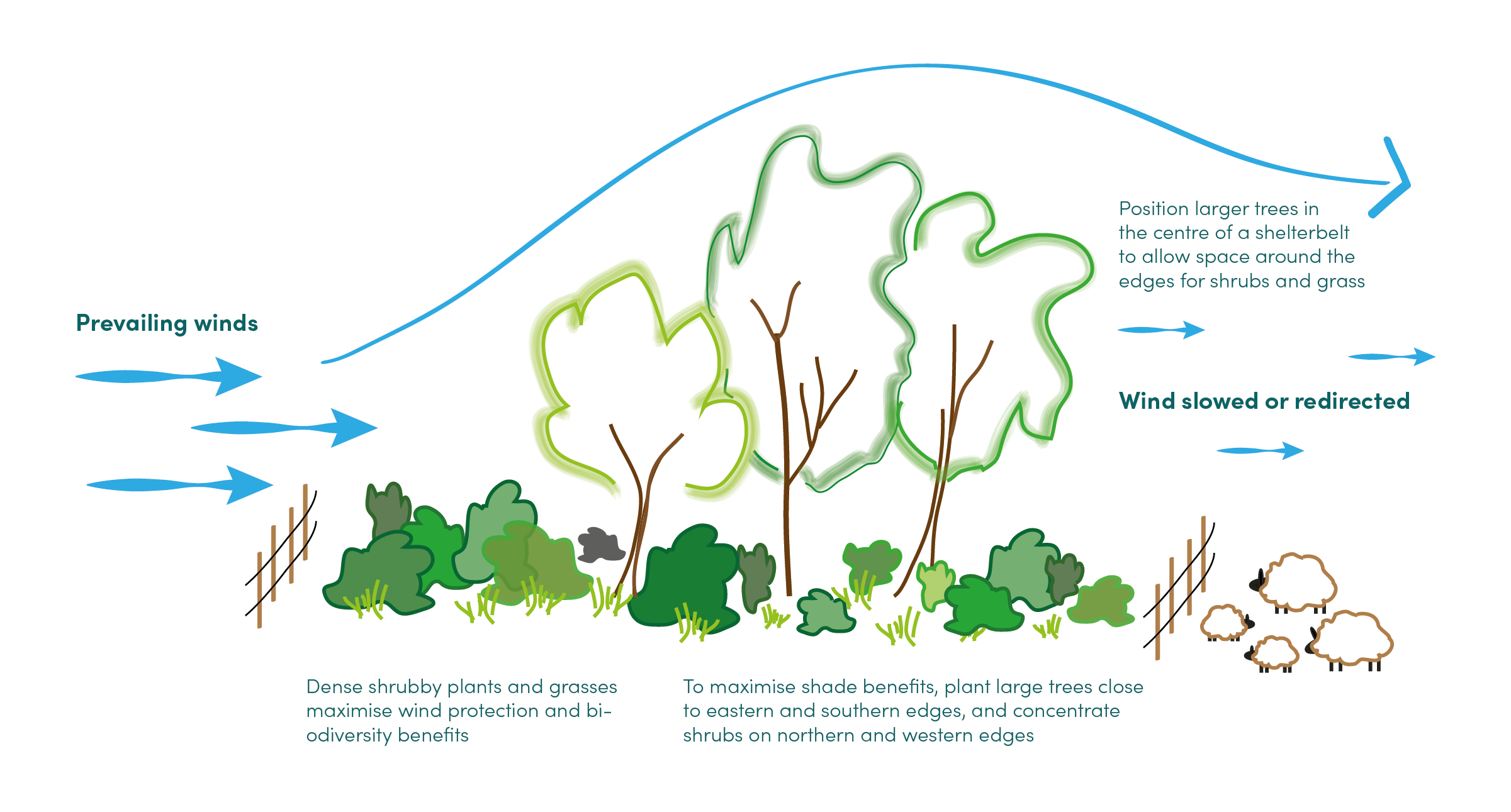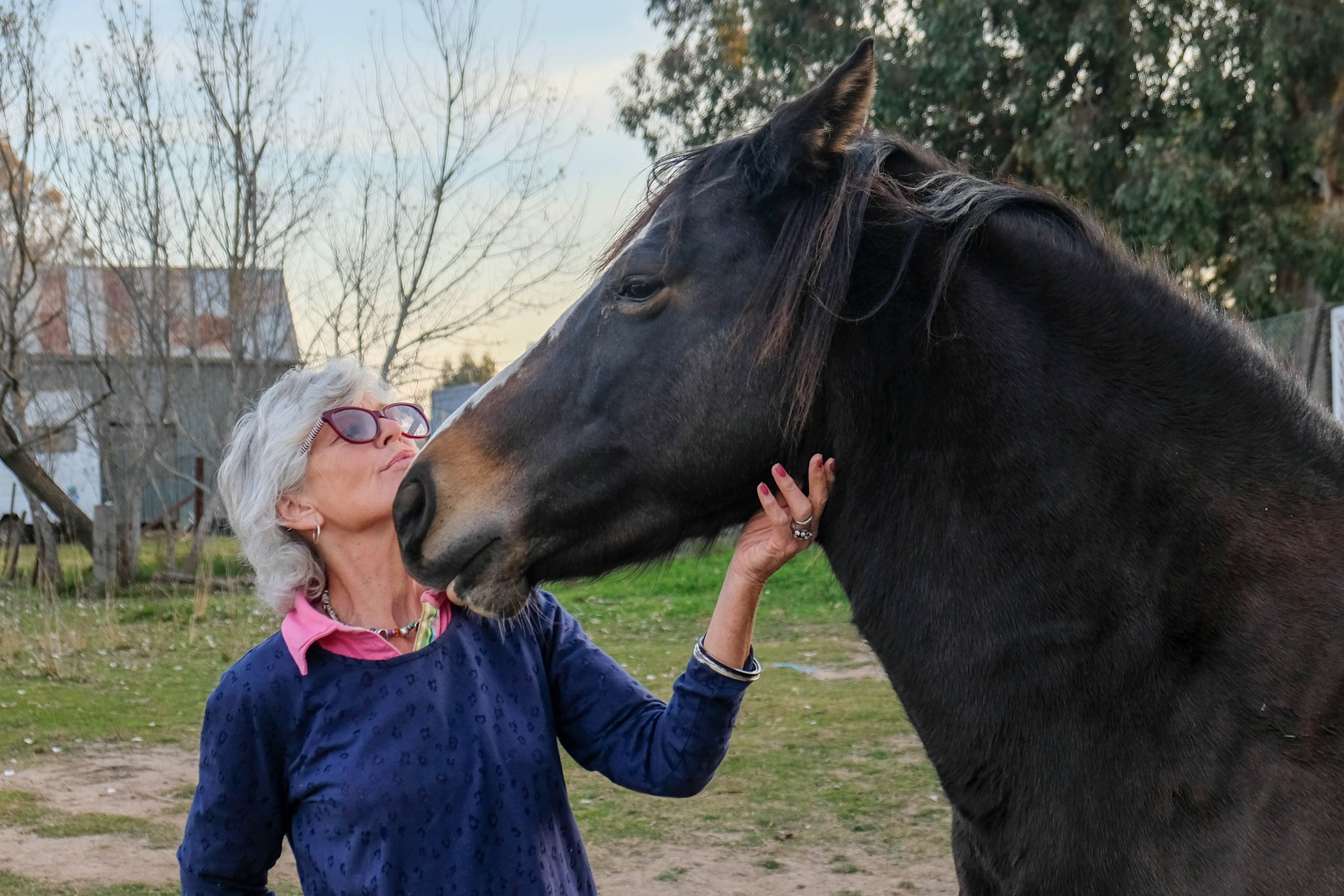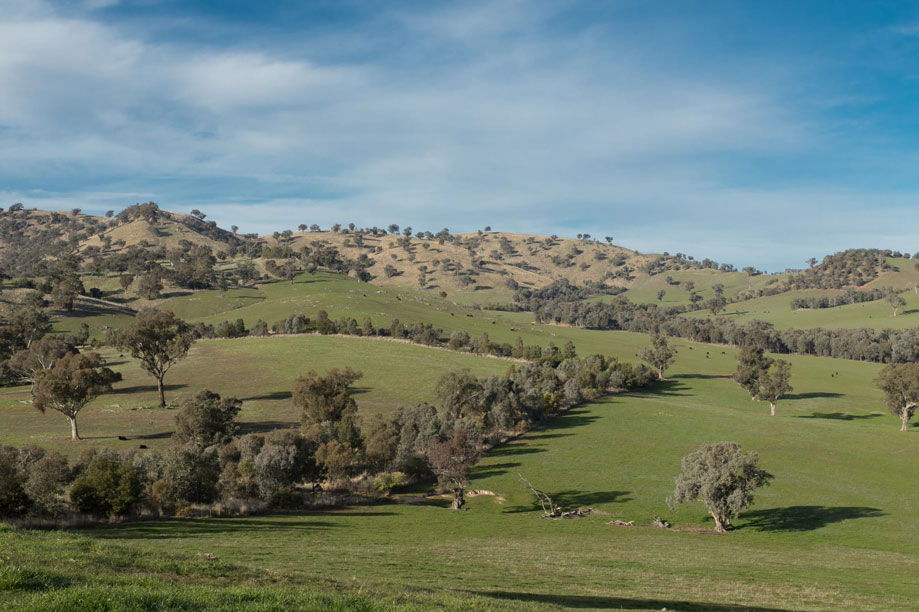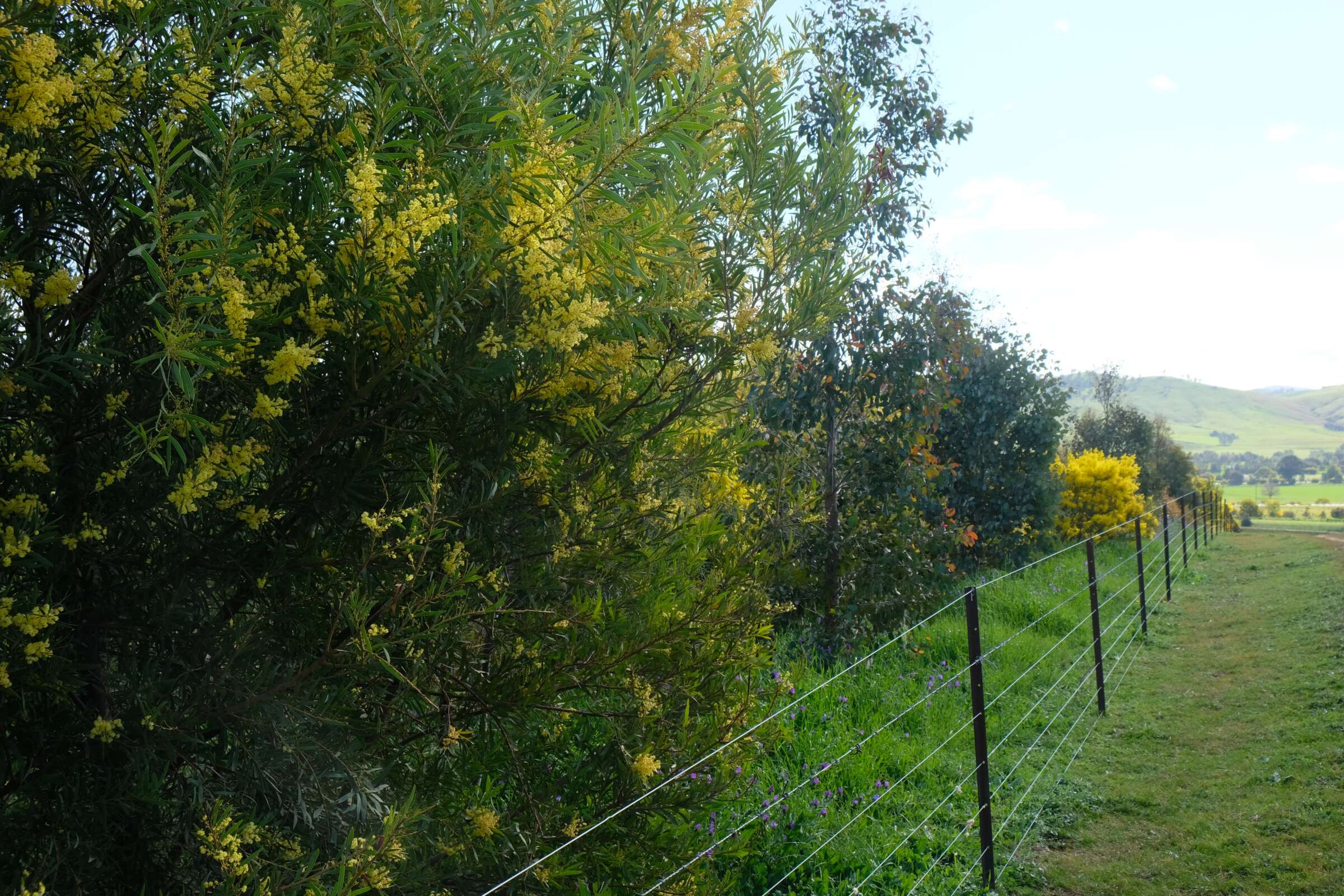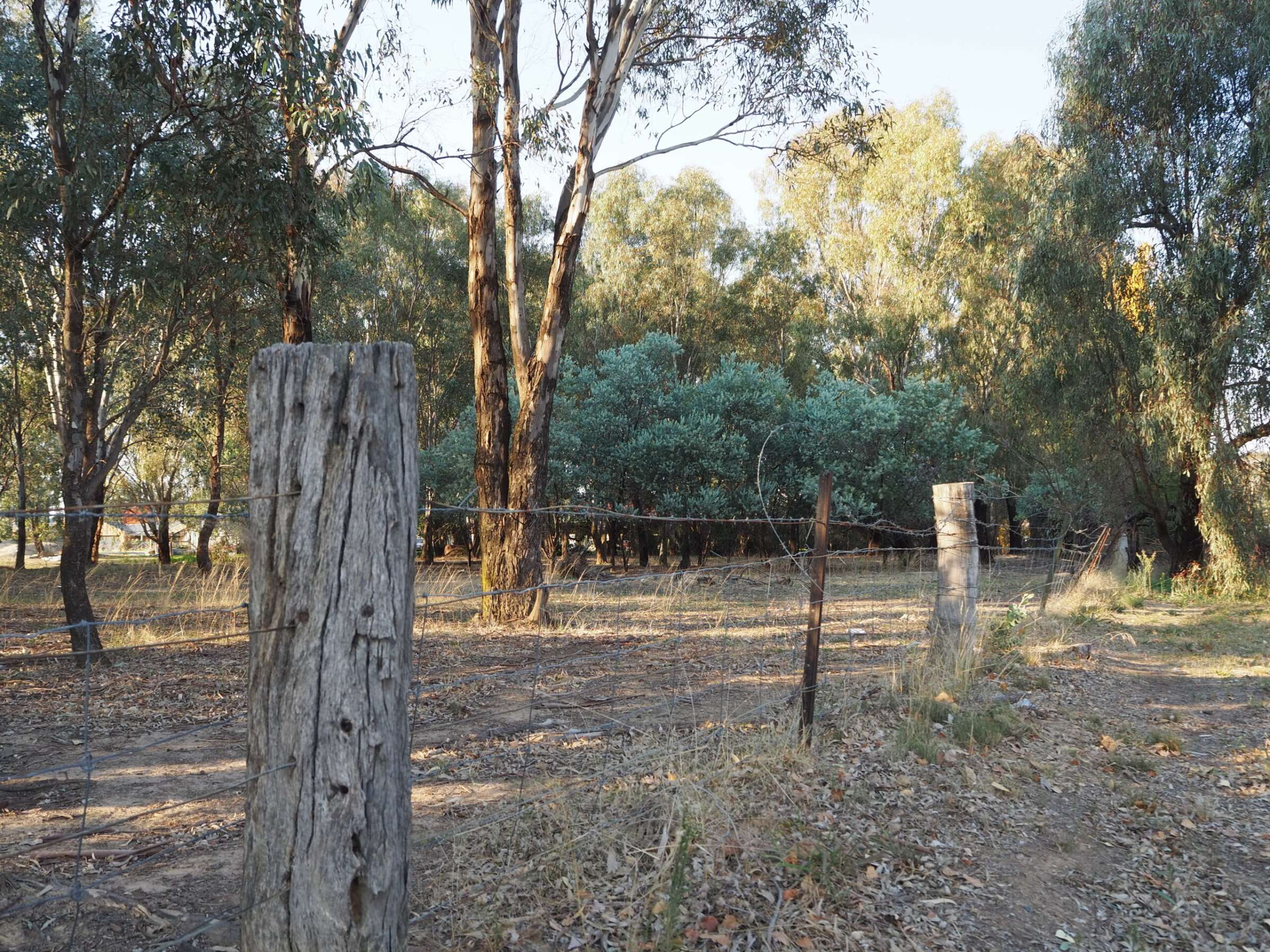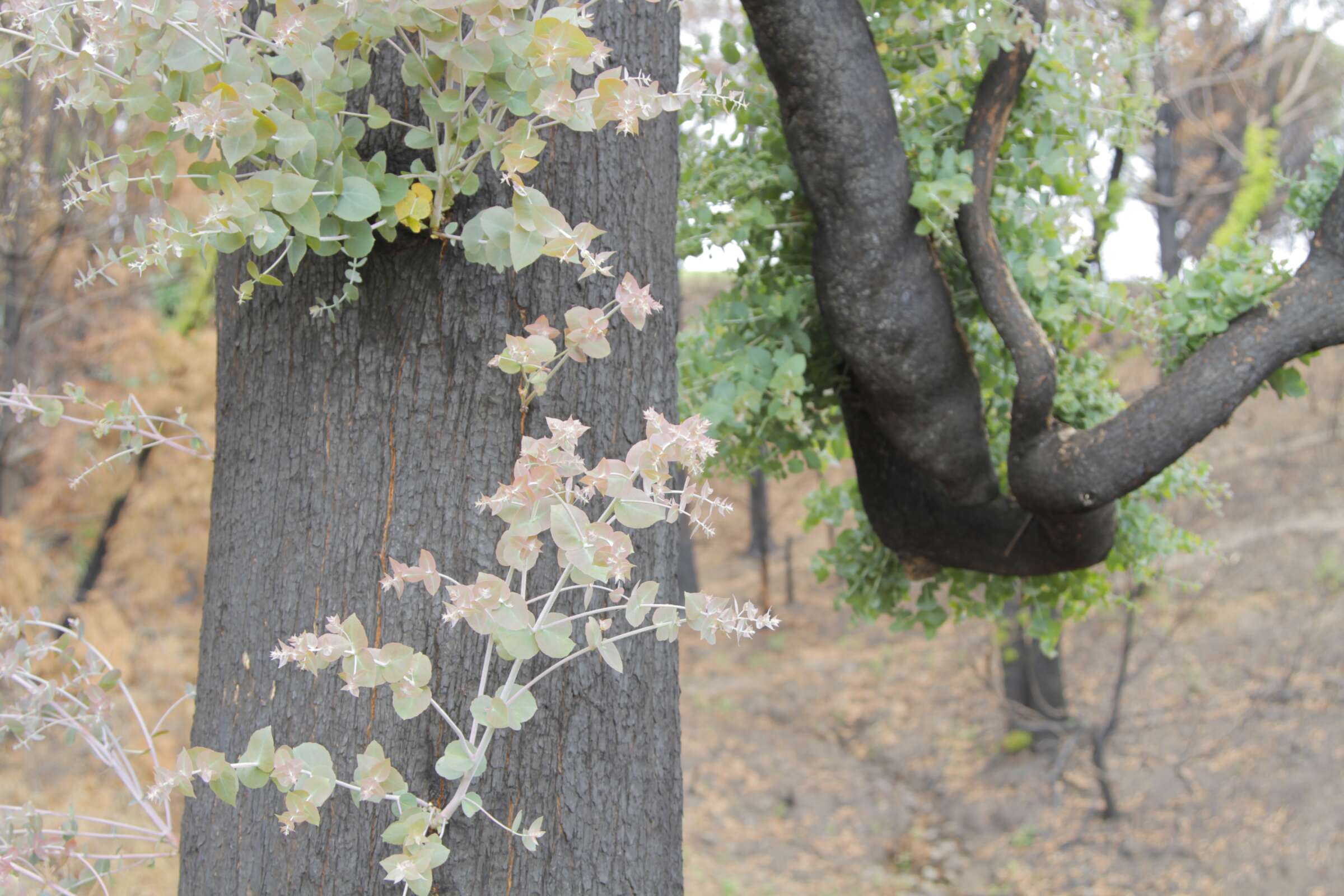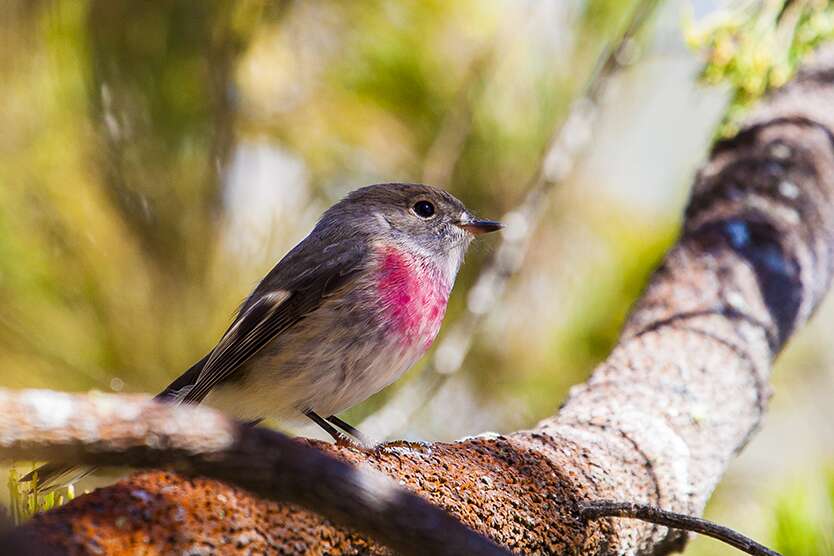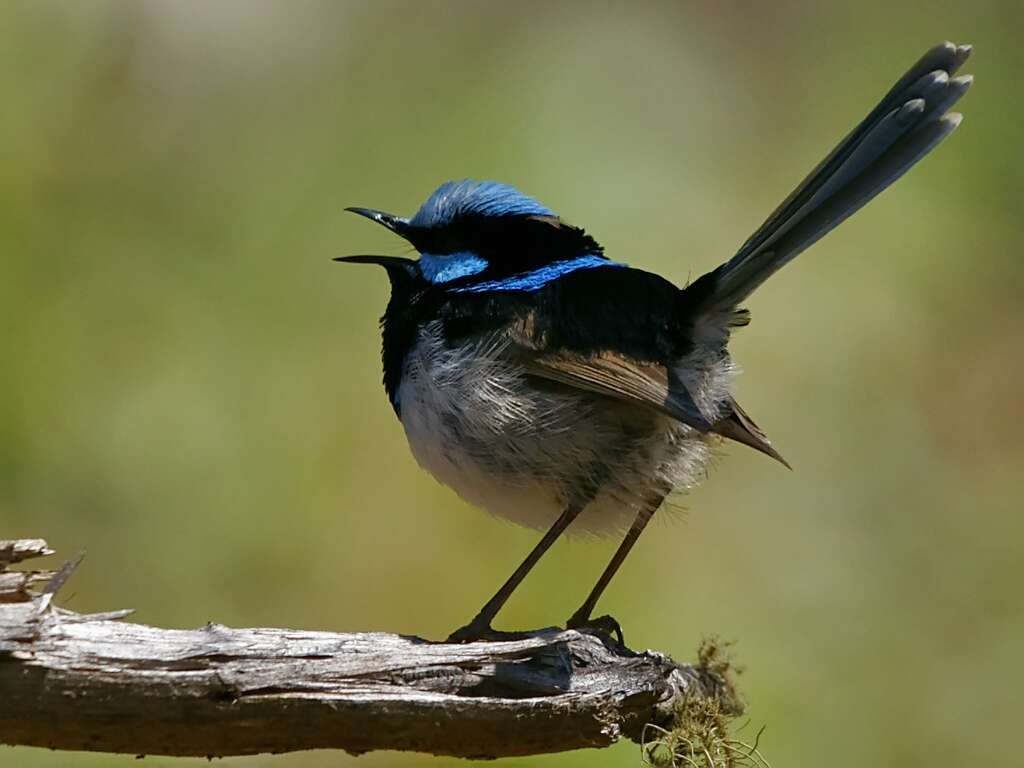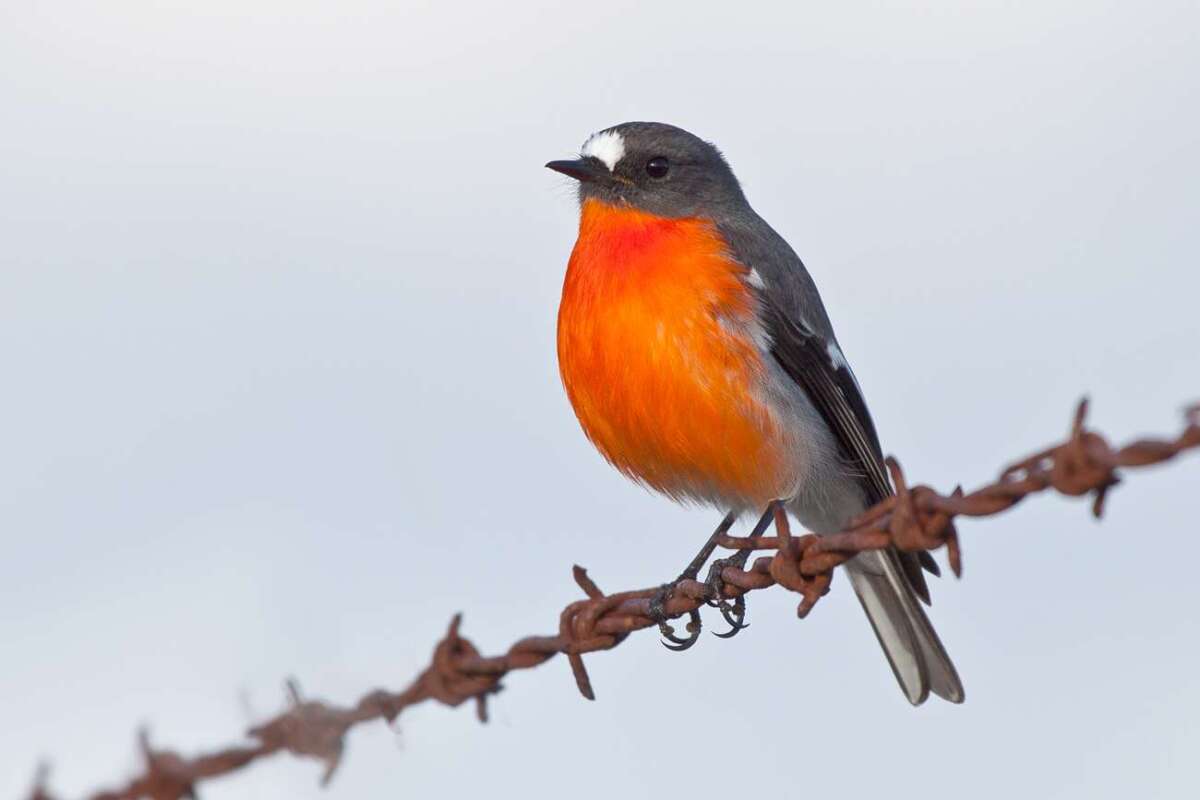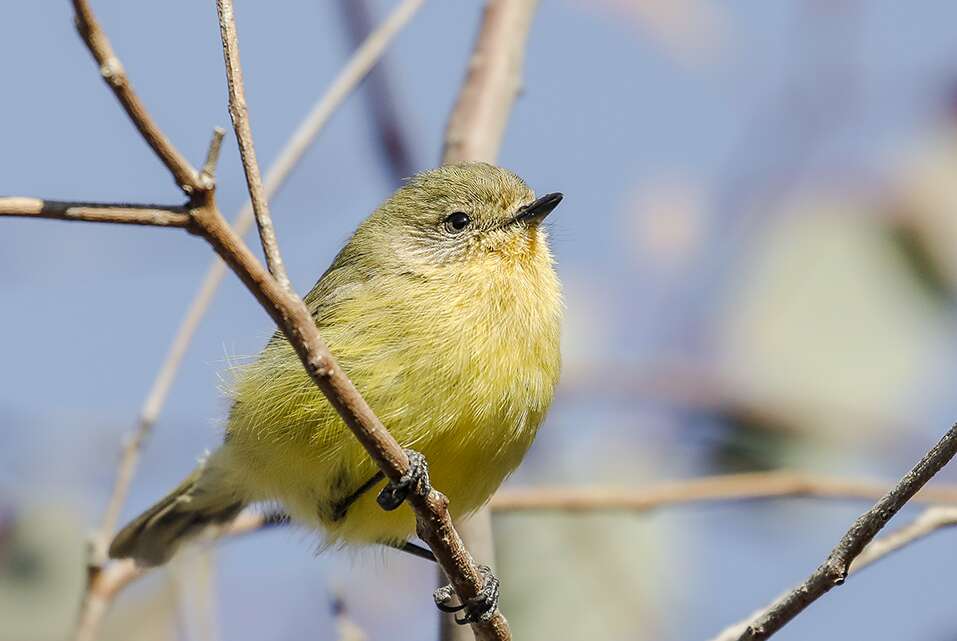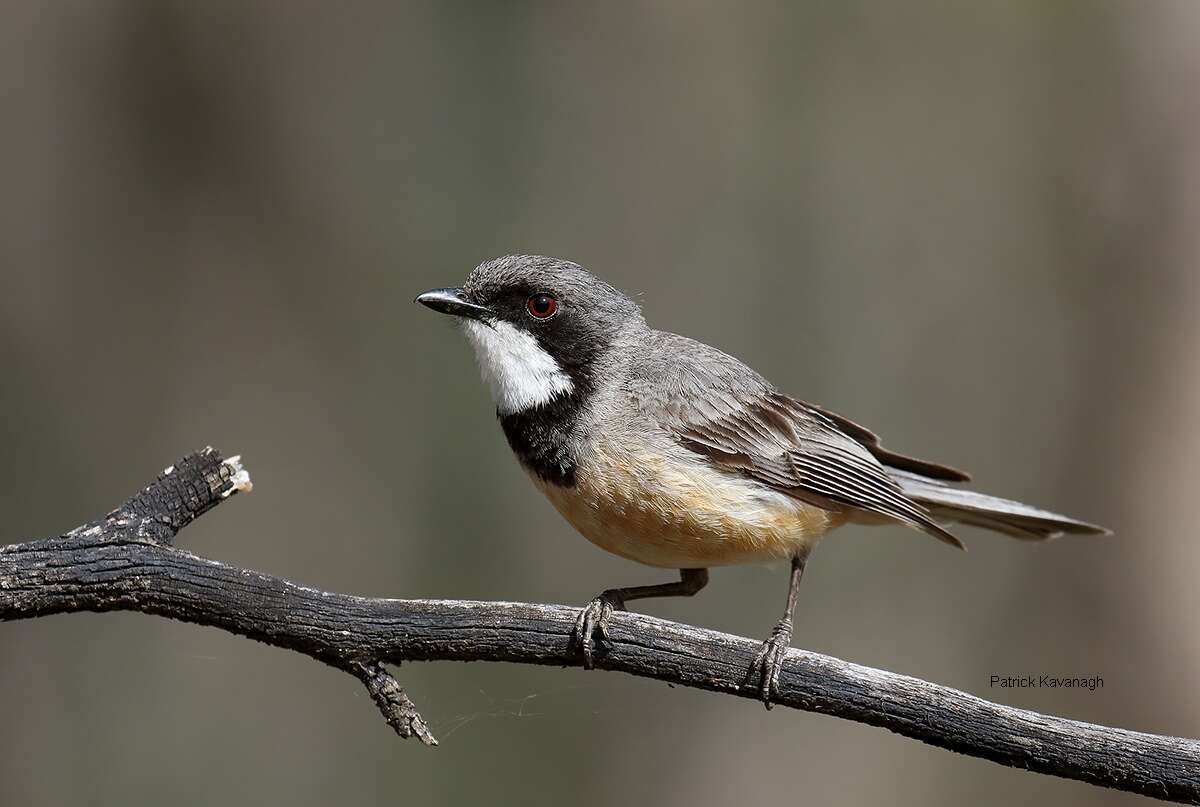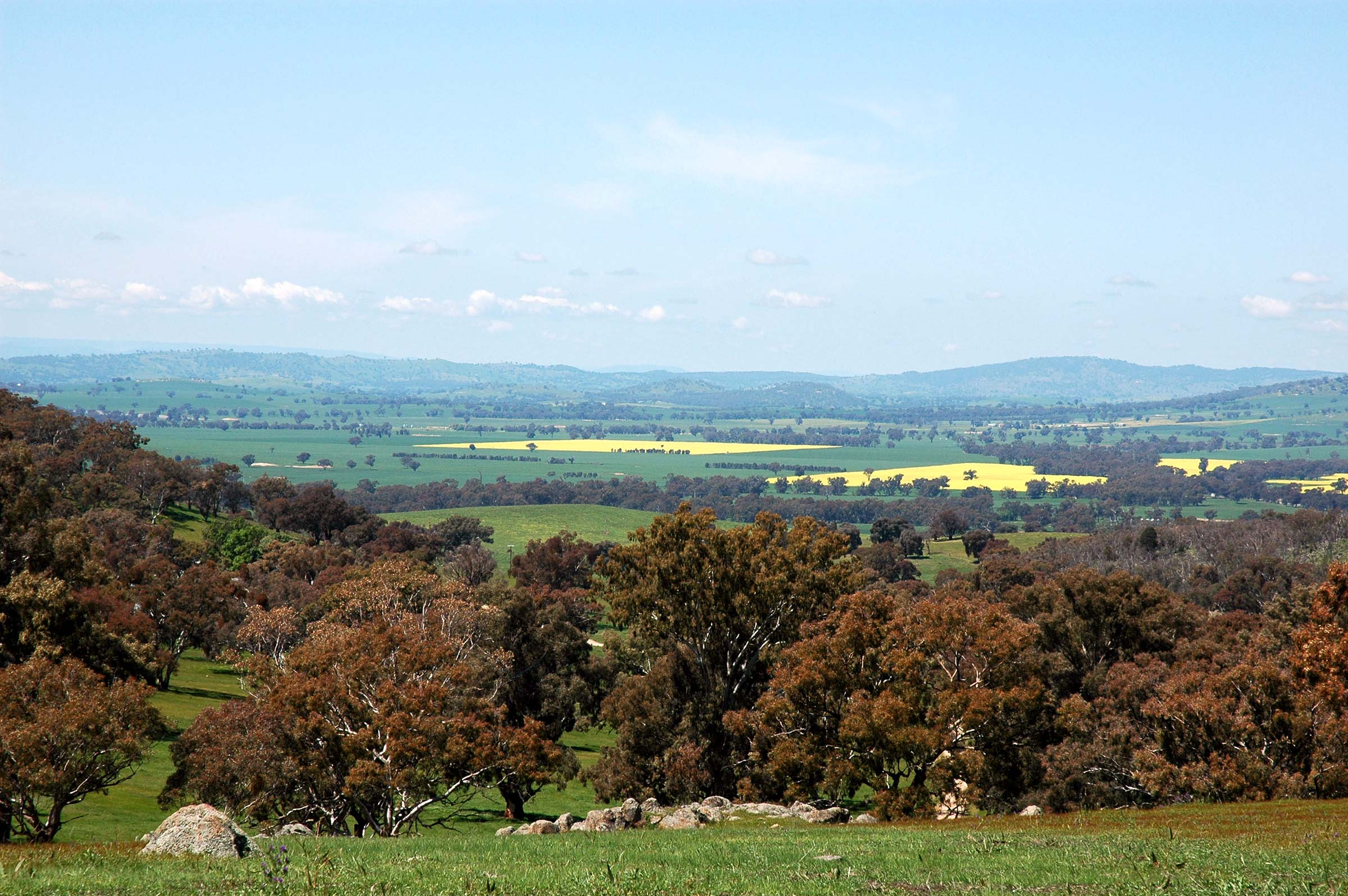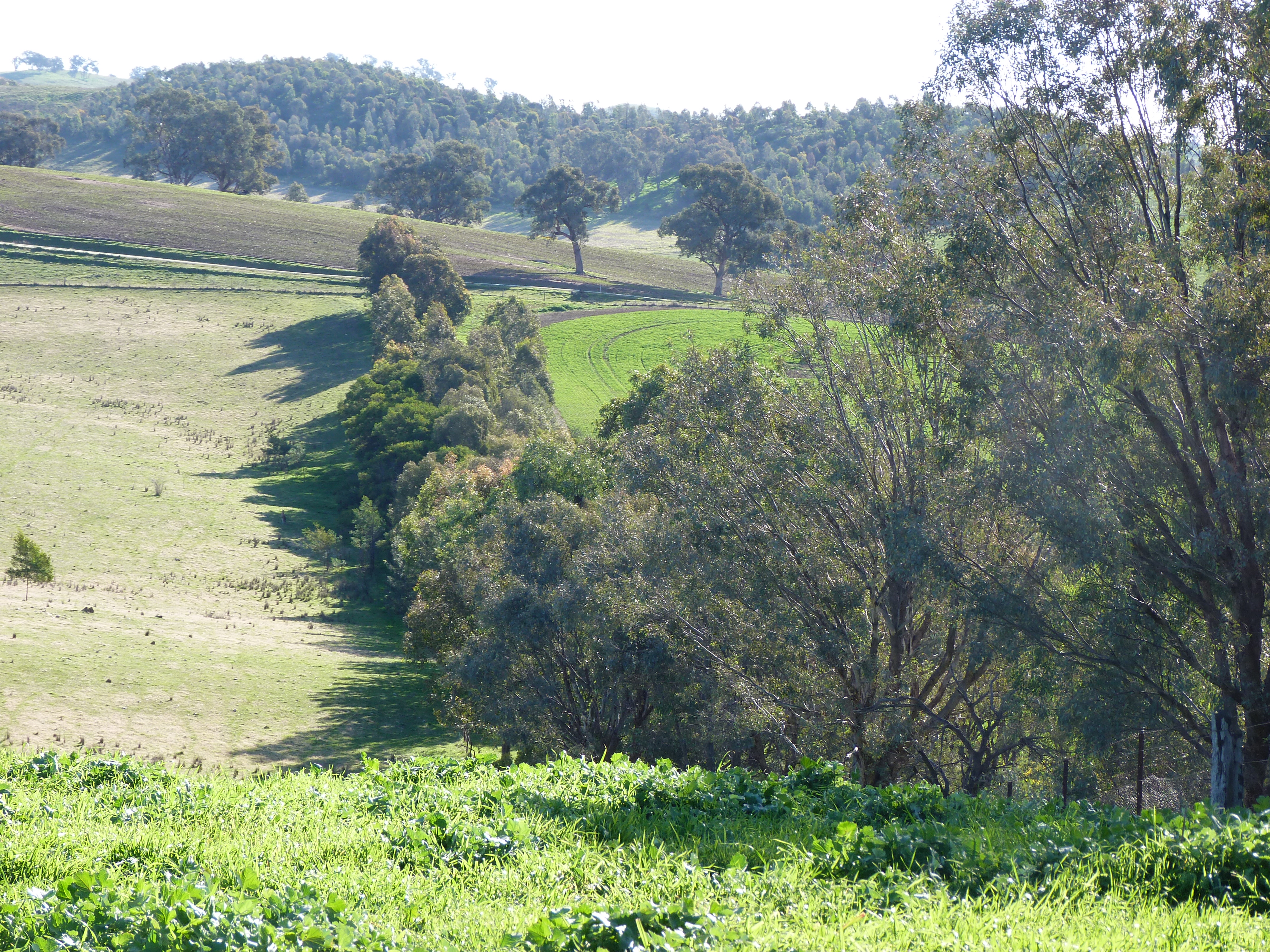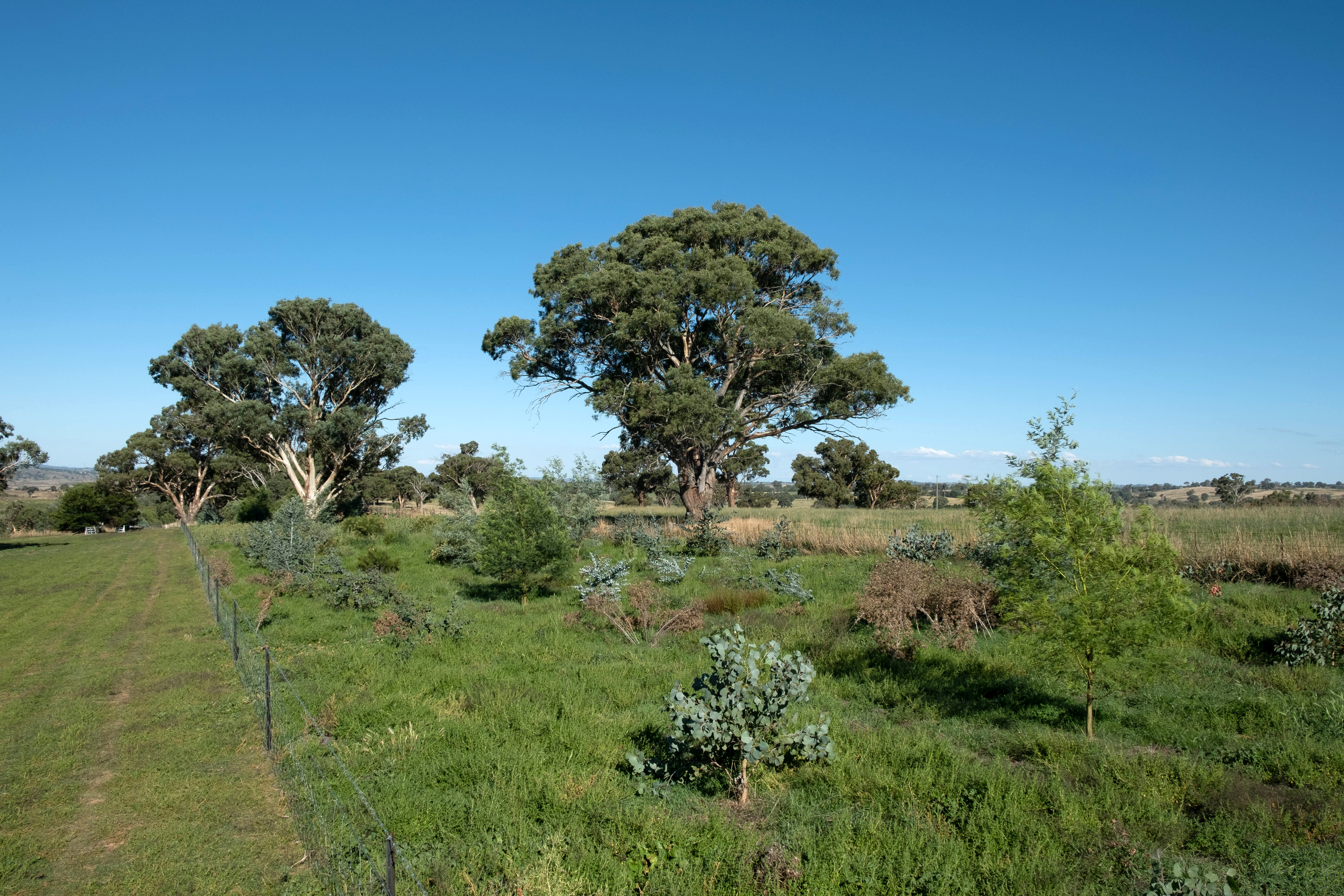Bird PR, Jackson TT, Kearney GA, Williams KW (2002) Effect of two tree windbreaks on adjacent pastures in south-western Victoria, Australia. Australian Journal of Experimental Agriculture 42, 809–830. doi:10.1071/EA02016
Cleugh H (2003) Trees for Shelter: A Guide for Using Windbreaks on Australian Farms. Rural Industries Research and Development Corporation, Canberra.
Colloff MJ, Pullen KR, Cunningham SA (2010) Restoration of an ecosystem function to revegetation communities: the role of invertebrate macropores in enhancing soil water infiltration. Restoration Ecology 18, 65–72. doi:10.1111/j.1526-100X.2010.00667.x
Cunningham RB, Lindenmayer DB, McGregor C, Crane M, Michael D (2008) The combined effects of remnant vegetation and replanted vegetation on farmland birds. Conservation Biology 22, 742–752. doi:10.1111/j.1523-1739.2008.00924.x
Lin BB, Macfadyen S, Renwick AR, Cunningham SA, Schellhorn NA (2013) Maximizing the environmental benefits of carbon farming through ecosystem service delivery. Bioscience 63, 793–803. doi:10.1525/bio.2013.63.10.6
Lynch J, Donnelly J (1980) Changes in pasture and animal production resulting from the use of windbreaks. Australian Journal of Agricultural Research 31, 967–979. doi:10.1071/AR9800967
Squires VR (1983) The value of trees as shelter for livestock, crops and pastures: a review. In Trees in the Rural Environment: Towards a Greenprint for South Australia. (Eds FJ van der Sommen, R Boardman, VR Squires.) Roseworthy Agricultural College, Roseworthy.
Stirzaker R, Vertessey R, Sarre A (Eds) (2002) Trees, Water and Salt. An Australian Guide to Using Trees for Healthy Catchments and Productive Farms. Joint Venture Agroforestry Program, Canberra.
Tsitsilas A, Stuckey S, Hoffmann A, Thomson LJ (2006) Shelterbelts in agricultural landscapes suppress invertebrate pests. Australian Journal of Experimental Agriculture 46, 1379–1388. doi:10.1071/EA05137
YCF (2014) Focus on Carbon Farming makes Economic Sense. Young Carbon Farmers.
